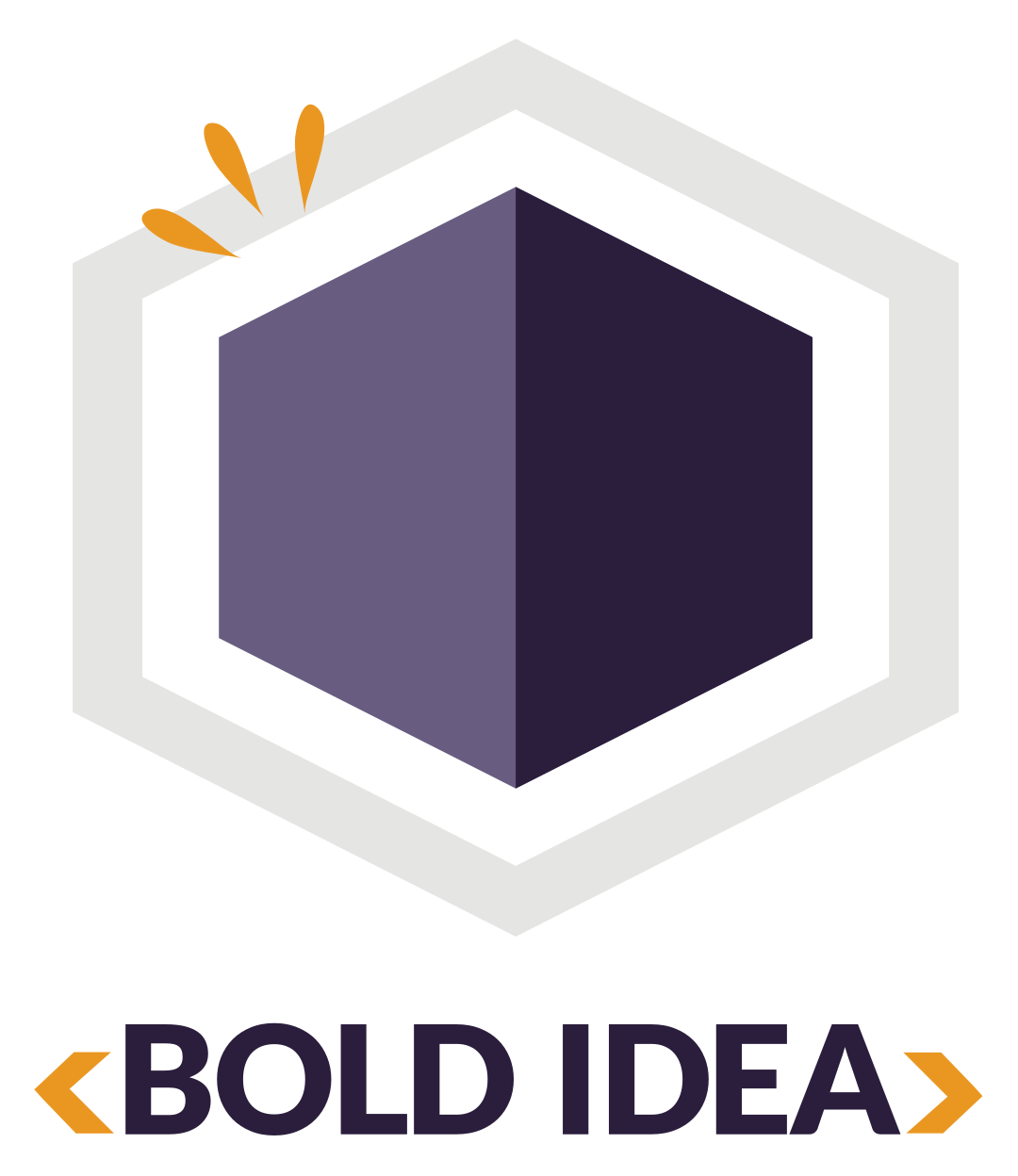Kids are among the most digitally savvy consumers on the planet. The amount of screen time they accumulate in the course of a year is staggering compared to the years before the iPad and iPhone existed. What is all this extra technology doing to your kids? How is it shaping their world and their minds?
6 Areas of Study that Blend Well with Computer Science
Pair Programming Creates Better Code
Conditions: A Computational Way to Make Decisions
Binary: The language of machines
Algorithms: What is the fastest way to sort 1,280 books?
Computers sort information all the time. If everything is in order, whether descending or ascending, then it is easier to find something. Think of your email application sorting messages by date or a search engine sorting websites to give you the best results. Computer scientists have devised many algorithms, from simple to complex, for sorting an array (or list) of values.
Expanding STEM: Why Language Arts Has a Place in Computer Science Education
The original mantra of Reading, Writing and Arithmetic has become too limiting. Students need to expand their knowledge of science and apply it to the world around them. By expanding student lessons using STEM (Science, Technology, Engineering and Mathematics), basic facts about science and mathematics are reinforced with problem-based learning exercises, often in a team environment. Computer programming has been used to simulate planet orbits to illustrate Kepler’s law and create your own space program, for example.
Sleepover 2.0
I'll start with explaining how this idea came to my mind. It happened when I first heard about hack-a-thons, I thought: “Super cool!” The first image that came to my mind was an intense environment of people working together to for a common cause, as fast as they could, camping together in sleeping bags, eating free food, and exchanging good humor. In addition, athletes, musicians and actors can get their shared cause, intense teamwork, and pressure to perform on the field, in concerts, or on stage. Techies can get theirs through hack-a-thons.
Dallas Tech Startups Design for First Responders
Entrepreneurs and developers participating in a new Dallas innovation program believe their devices, built for first responders, can help save lives. The program is called EMERGE, and it operates as a seed accelerator for consumer wearable technology with first responder application. First of its kind, EMERGE is a collaboration between Dallas' Tech Wildcatters, the Department of Homeland Security and the Center for Innovative Technology.
Coding the Museum Experience
I love museums. They are places where you can experience some of the world's greatest artifacts and stories! All over the world, museums are using emerging technology as new exhibits and to enhance the museum-goers experience. Since, this week at Bold Idea, we are celebrating coding used for and in art, I wanted to show great examples of how art museums are using and embracing coding and UI to improve their museums!







